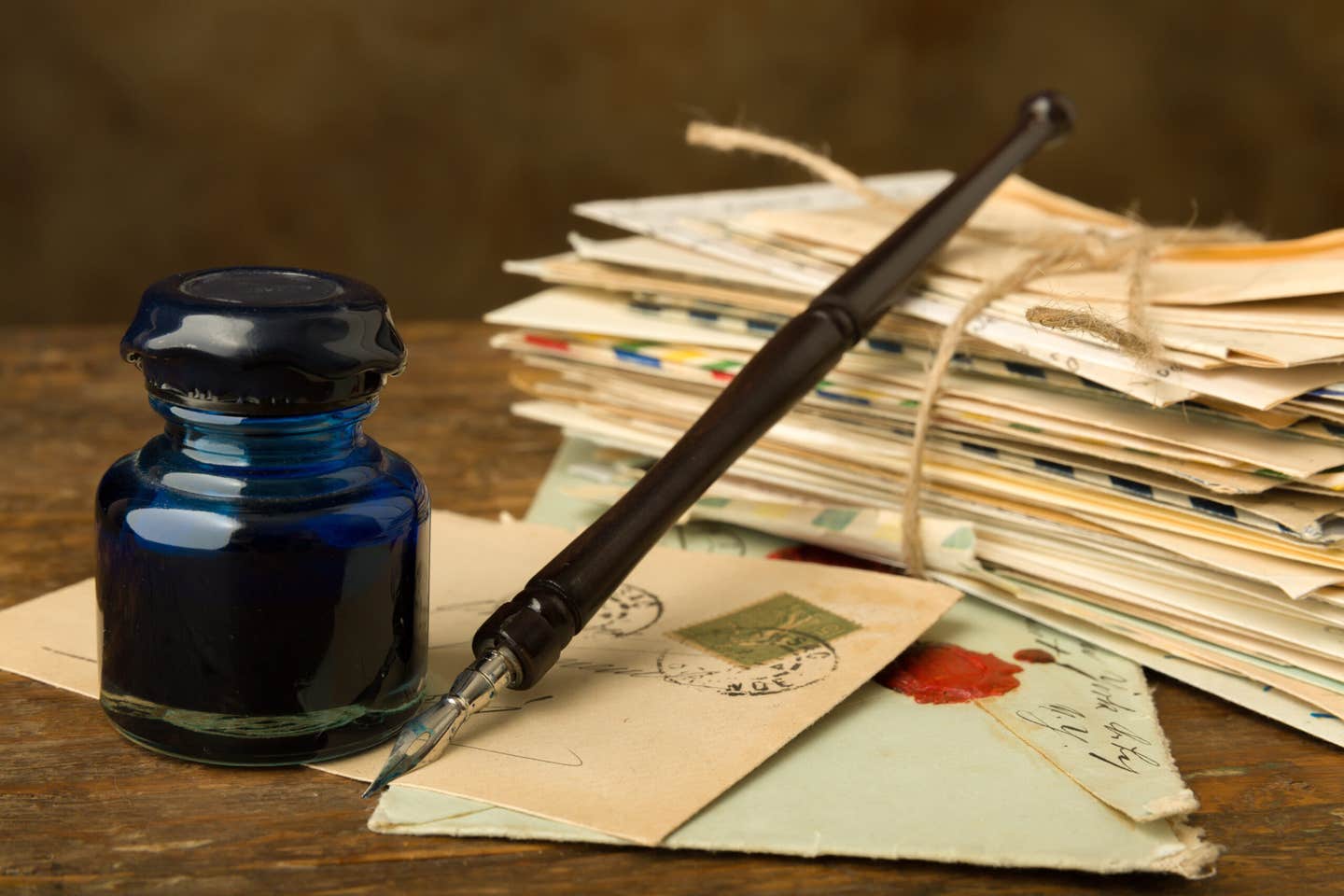Can’t They Get the Details Correct?
This week’s column was sparked by Americans erroneously celebrating July 4 as Independence Day. The actual truth is that the Continental Congress adopted the resolution for independence from Great Britain…
This week’s column was sparked by Americans erroneously celebrating July 4 as Independence Day. The actual truth is that the Continental Congress adopted the resolution for independence from Great Britain on July 2, 1776. July 4 was only the date when the Congress approved the verbiage of the Declaration of Independence, not the day it formally broke away from King George III.
While reflecting once again on this inaccurate day of the holiday, I was reminded of different numismatic issues that don’t have the right details. Here are a few:
Perhaps the most notorious error in U.S. history was the debut of the Liberty nickel series in 1883, where the reverse did not have the world “CENTS” below the Roman “V” that signified five. The size of this coin was quite close to that of the gold $5 Liberty. Both the Liberty nickel and the $5 Liberty depicted Liberty on the obverse facing to the left. That enabled a deaf, non-verbal named Josh Tatum to take gold-plated nickels into a store, point to a 5-cent cigar and put one of these altered coins on the counter. Sometimes he got $4.95 in change and sometimes he did not. The design was quickly changed in 1883 to add the word “CENTS” to the reverse.
Maybe almost as famous was the initial 1878 Morgan silver dollars that show the eagle on the reverse with eight tail feathers instead of the anatomically correct seven feathers. This error was quickly corrected within a few weeks, but not before 749,500 incorrect coins were struck and issued.
Arkansas was admitted to the Union in 1836. So, why was the first Arkansas Centennial half dollar dated 1935?
Why does the reverse of the 1925 Stone Mountain half dollar have 35 stars? In theory it was supposed to have 34 stars to represent the number of Union states as of the beginning of the Civil War. West Virginia was not admitted into the Union until 1862.
There is a problem with both sides of the Daniel Boone Bicentennial half dollar. The image of Boone on the obverse doesn’t come close to any of the four contemporaneous descriptions of the pioneer. On the reverse, why is Shawnee Chief Blackfish (dressed in the regalia of another tribe) supposedly meeting with Boone to discuss the treaty to end the siege of Fort Boonesborough, a meeting that never took place between them? Further, why does a depiction of a ceremony for making peace have the Native American holding a tomahawk instead of a peace pipe?
When Augustus Saint-Gaudens prepared the artwork for what is now called the $10 Indian, the obverse featured a bare-headed female Liberty. President Theodore Roosevelt then insisted that the artist add a male Native American chief’s warbonnet to the design, a combination that would never occur in real life.
Speaking of Native American headdresses, the Series 1899 $5 Silver Certificate note depicts Hunkpapa Sioux Chief, Running Antelope, wearing a Pawnee war bonnet. The chief refused to wear this headdress when modeling for the artist. So, the artist let him wear his war bonnet, then finished the artwork having someone else model the Pawnee headdress. If there is any saving grace, these notes did not go into production until after Chief Running Antelope had died – meaning he never knew of this travesty.
When the Shield nickel debuted in 1866, the reverse included rays between the stars. Just one year after the conclusion of the Civil War, some objected that the reverse paid homage to the Confederate Stars and Bars flag. The reverse design was changed the next year to remove the rays.
When the Indian Head “Buffalo” nickel was first released, the high points on the obverse and reverse sides were the date and the denomination, which quickly wore off. Once again, the Mint quickly revised the dies to lower the relief, though the dates were still high enough that “dateless” Buffaloes are plentiful today.
One detail that was caught and prevented from getting into circulation was Victor David Brenner’s original Lincoln cent reverse design that basically copied that of the then-circulating French 2 -francs coin. Fortunately, Mint Director Frank A. Leach didn’t let Brenner get away with it.
I’m sure this just scratches the surface of incorrect details on U.S. coins and currency. Please feel free to share other examples.
Patrick A. Heller was honored as a 2019 FUN Numismatic Ambassador. He is also the recipient of the American Numismatic Association 2018 Glenn Smedley Memorial Service Award, 2017 Exemplary Service Award, 2012 Harry Forman National Dealer of the Year Award and 2008 Presidential Award. Over the years, he has also been honored by the Numismatic Literary Guild (including twice in 2020), Professional Numismatists Guild, Industry Council for Tangible Assets and the Michigan State Numismatic Society. He is the communications officer of Liberty Coin Service in Lansing, Mich., and writes Liberty’s Outlook, a monthly newsletter on rare coins and precious metals subjects. Past newsletter issues can be viewed at www.libertycoinservice.com. Some of his radio commentaries titled “Things You ‘Know’ That Just Aren’t So, And Important News You Need To Know” can be heard at 8:45 a.m. Wednesday and Friday mornings on 1320-AM WILS in Lansing (which streams live and becomes part of the audio archives posted at www.1320wils.com).









